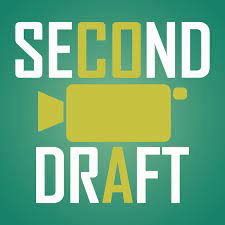(55) Year 13 Second Draft - YouTube
This is my second draft of my Year 13 main coursework. There is a lot of improvement if comparing to the first draft but there are still some moments which could be better. For example, I need to solve the sound problem because it's not always heard what characters say. So by the time the final draft is released, I'll make sure that the volume is high enough to hear the protagonists' voices. Another key thing is to get rid of titles that appear at the end of the film. I just thought that it would be appropriate to give credits to everyone who participated in my filmmaking process but the teacher said that after the end of film it has to be only the title ''The End'' and that's all. Which means that if I do this, my coursework will last 4:20 minutes which is less than 5. In order to solve that problem, I will add the additional establishing shots.

Comments
Post a Comment